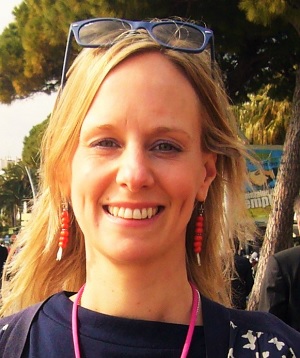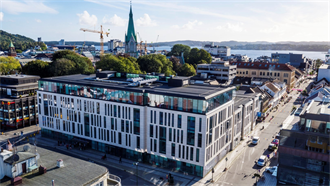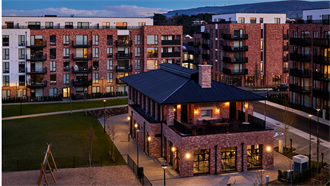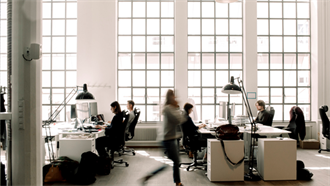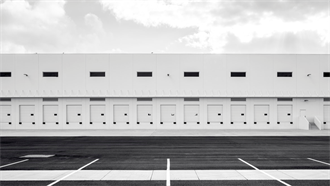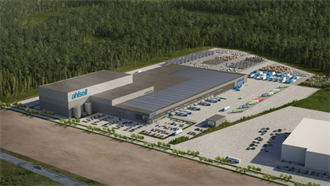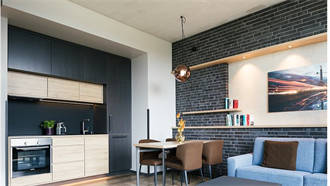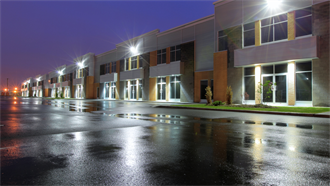The flexible office asset class is at the edge of a movement as seismic as the invention of the internet, the PropertyEU Future of the Office round table has heard.
The recent private webinar attracted Hines, MiddleCap, Skanska, Desana, and Ikea-based NORNORM as the diverse group debated where the office asset class goes from here.
Jonas Kjellberg, chairman of the board of NORNORM, a circular, subscription-based furnishing service backed by Swedish retail giant IKEA, said: ‘We are at the end of an industrial era when we moved people into offices, paid them for their time and kept them there. We have enabled ourselves to work from everywhere, work value creation is going to be more important than hourly work. In terms of overall demand – we are leaving the old era and beginning a knowledge era.’
Analysing the flexible office market, he added: ‘While the real estate sector has been very good at locking people in offices, flexible provision is now around 9% of the market, so I think we will see a lot of change in that flexibility perspective, and it will have further ripple effects. We are at the edge of a movement as seismic as the invention of the internet.’
Traditional offices not dead
However, the traditional office is not ‘dead’, the round table was told.
Ross Blair, senior managing director UK, Hines, said it had been a slow 18 months and businesses were ‘waiting and seeing’ how employees would react to coming back to the office. However, the firm was a big believer in thriving city centres.
He said: ‘At Hines we are big believers that city centres will thrive again. You come to the office to collaborate, but also for all the things that go on around the office. I have witnessed in recent months how many people have returned to London, not just for offices, but bars, restaurants, retail too, and there’s a desire to experience the city.’
He added: ‘Businesses are waiting and seeing how their employees react to coming back and won’t make long-term decisions based on the last 18 months. It’s likely that behaviour in the next 12 months will help determine what take-up levels will be for the coming four to five years.’
Arkadiusz Rudzki, executive vice president leasing & sales, at Skanska’s commercial development business unit in CEE, agreed the last 18 months had ups and downs but the world needs offices.
‘The last 18 months were bumpy, but we all thought it might be worse. People have been working from home, but have also realised how much they miss offices. They’re noting the differences between the corporate workspace and working from home.’
‘Of course, there is a group of people who have enjoyed WFH, but there’s still a question mark about how to measure productivity of teams outside the office. Now there’s a need to rebuild the culture of a company.’
All of those aspects suggest we need offices, but they will have a different function than they did before. Offices will be a collaborative place where people get their heads together; it will be important for occupiers and developers to understand how to communicate this and attract workers to come back. Offices are not dead; In the CEE, we are seeing a lot of service operations coming back to the area, continuing the trend from a few years back.’
Michael Cockburn, founder of digital office platform Desana, explained how his firm partners with flex spaces all over the world. ‘Almost all of the larger flex office partners in the US and Asia are seeing their best sales months ever. Yes, they’re going off a low bar, there is a unique market situation right now and they are not struggling to sell space.’
Tomáš Jurdák, partner & head of real estate, MiddleCap, noted: ‘Our Southworks scheme in London is 20% leased and we are seeing very good demand, coming off the back of a very low vacancy period. Good quality space is still needed. At the end of the day, office buildings have a very important role, they’re a kind of HR statement by companies, representing their offering to potential new employees. People come to an office not just to do their everyday duties, but because they need interaction. The office of the future will not be a line of desks.’
[Highlights video, click here]
Tech and occupiers
The debate morphed into the role of technology and what occupiers want during the webinar.
Hines’ Blair said his company was interested in understanding how to use tech to build smarter buildings and to operate them better.
For Kjellberg, the amenities trend is part of a larger movement. ‘The big shift started pre-Covid,’ he said. ‘Developers were creating commodity products in the office sector, not personalised products; the main target was the institutional investment market. The principal change is that we are now trying to create new products, and we are talking about every single person in the buildings and their roles, so amenities matter. Six or seven years ago, leasing decisions started to be shaped by employee surveys, not just board decisions. Commuter studies were carried out. Covid has tipped that balance.’
Explained Rudzki: ‘As a developer, we are now creating office parks which take into account the space around the building – the science of space making – to attract people. In the future, offices are going to be more about the hospitality business than ever before.’
*THE FULL, UNABRIDGED VERSION OF THIS WEBINAR WILL APPEAR IN THE SEPTEMBER 2021 ISSUE OF PROPERTYEU. SUBSCRIBERS CAN ALSO VIEW A PDF OF THE DISCUSSION BY CLICKING HERE.
THE HIGHLIGHTS VIDEO CAN BE ACCESSED HERE.


